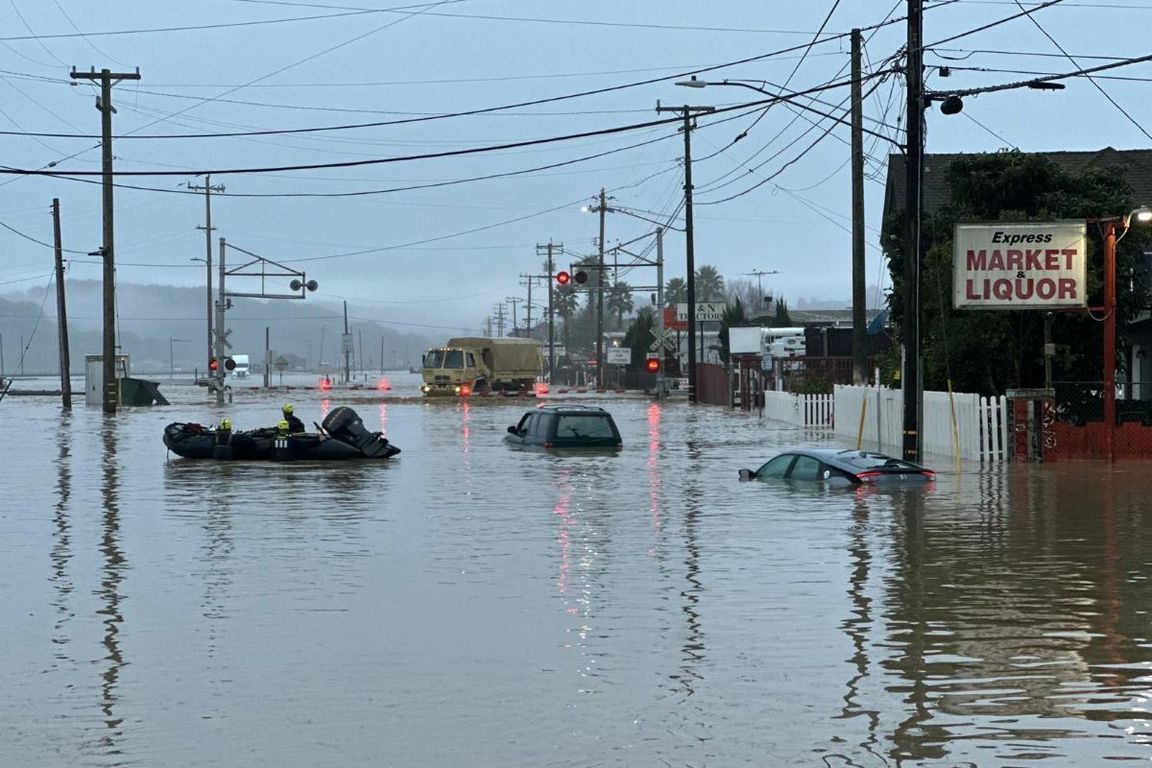In 2025, climate change no longer arrives slowly. It slams, recedes, then slams again.
Scientists have a name for it now: hydro-climatic whiplash. In a new report drawing on two decades of satellite data, NASA warns that extreme water events—floods, droughts, and flash swings between the two—have doubled in frequency and intensity since 2003. What used to be considered “once-in-a-generation” events now occur every three to five years. And the world is wholly unprepared.
📈 From Data to Alarm
NASA’s Earth Observation satellite constellation—used to monitor land moisture, rainfall variability, and snowpack loss—shows a pattern emerging across every continent: longer dry spells, interrupted by more intense, shorter bursts of rainfall.
Regions like the American Southwest, the Sahel, and northern India are particularly affected. In California, reservoir levels swing between historic lows and catastrophic overflows. In Sudan and Ethiopia, farmers plant in what seems to be a normal dry season—only to see entire harvests washed away by sudden deluges weeks later.
This isn’t randomness. It’s the signature of a climate system that has lost its memory.
🚜 Agriculture on the Brink
Few sectors are more vulnerable than farming. Traditional cropping calendars—once the cornerstone of rural livelihoods—are now unreliable. A season that begins dry may be interrupted by flash floods that drown seedlings. Or worse, farmers plant early during an unseasonal warm spell, only to face late frosts.
In India’s Punjab, rice growers are shifting to short-cycle millet not out of ecological commitment, but desperation. In the U.S. Midwest, crop insurance payouts have reached record highs for “unforeseen weather volatility.” And in Kenya, drought-driven livestock deaths have triggered waves of rural migration.
It’s not a linear crisis. It’s a systemic unraveling.
🛑 Infrastructure: Designed for the Wrong Century
Most of the world’s water infrastructure—dams, drainage, irrigation canals—was designed for 20th-century climate patterns. These systems assume predictability. But in the age of whiplash, predictability is gone.
Engineers now face a double-bind: dams must store more for drought, but release more during floods. Cities like Lagos, Dhaka, and Jakarta see urban flooding worsened by outdated drainage overwhelmed by storm surges.
The World Bank estimates that retrofitting water systems to meet current variability will require $500 billion globally by 2030. The political will? Still lagging behind the precipitation curve.
💡 Can We Adapt in Time?
There is innovation. Mexico City and Cape Town are piloting decentralized water catchment systems. California’s “managed aquifer recharge” projects use floodwater to replenish underground stores. India’s revival of traditional stepwells and tanks shows that resilient solutions may lie in old knowledge.
But adaptation isn’t just technical—it’s psychological. Policymakers, insurers, and communities must unlearn the idea of “normal” seasons and begin planning for fluid, chaotic ones.
🌐 The Bigger Picture
Hydro-climatic whiplash is not just about water. It’s about loss of rhythm—in agriculture, city life, migration, and public health. It reveals a civilization calibrated to patterns that no longer hold.
In this new era, the question isn’t whether climate change is happening. It’s whether we can govern chaos without being governed by it.


3 comments
Neque porro quisquam est, qui dolorem ipsum quia dolor sit amet, consectetur, adipisci velit, sed quia non numquam eius modi tempora incidunt ut labore.
Quis autem vel eum iure reprehenderit qui in ea voluptate velit esse quam nihil.
Et harum quidem rerum facilis est et expedita distinctio. Nam libero tempore, cum soluta nobis est eligendi optio cumque nihil impedit quo minus id quod maxime placeat facere.